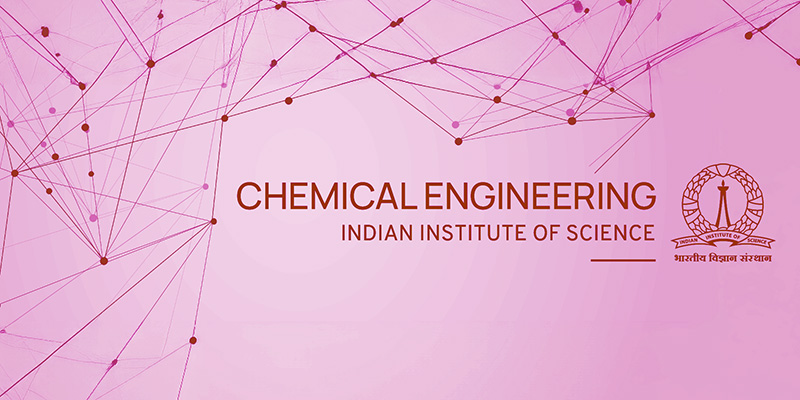July 2, 2025 -- July 2, 2025

Speaker : Dr. Ranga Rohit Seemakurthi, Institute of Chemical Research of Catalonia (ICIQ).
Date & Time: 02-July-2025-Wednesday, at 4 PM.
Venue : Seminar Hall, Chemical Engg.
Ab-initio design of reaction environments using multiscale modelling and high throughput screening.
Catalytic conversion of greenhouse gas-containing effluent streams into useful chemicals is critical for achieving net-zero emissions. To make these processes economically viable, it is essential to develop and optimize technologies that offer high energy efficiencies. Along with transitioning to renewable feedstocks and electricity sources, rational design of catalytic environments will play a key role in accelerating the progress towards more efficient processes. In this talk, I will present how Density Functional Theory (DFT) and Molecular Dynamics (AIMD) have been combined with Data science and Multiscale techniques to do ab-initio design of reaction environments. I will focus on two cases: electrochemical CO2 reduction (eCO2R) and thermocatalytic conversion of shale gas, specifically, propane dehydrogenation (PDH), to highlight the potential of the ab-initio approaches to evaluate and design catalyst/electrolyte interfaces. For the propane dehydrogenation on bimetallic alloys, we performed a detailed kinetic analysis to understand their enhanced performance over pure metals and proposed key activity and selectivity descriptors1. These insights were then used to develop a high throughput screening framework using graph-based algorithms and data science techniques. This approach enabled the identification of trends across a large set of alloy catalysts and find novel alloys which were experimentally validated2,3. In the case of electrochemical CO2 reduction, the focus was on evaluating electrolyte (cation) effects where we used multiscale modelling by coupling ab-initio microkinetic with transport scales for both liquid electrolytes and ionomers. This analysis revealed descriptors for CO current densities as a function of electrolyte microenvironments resulting in a volcano relationship with buffer concentrations.